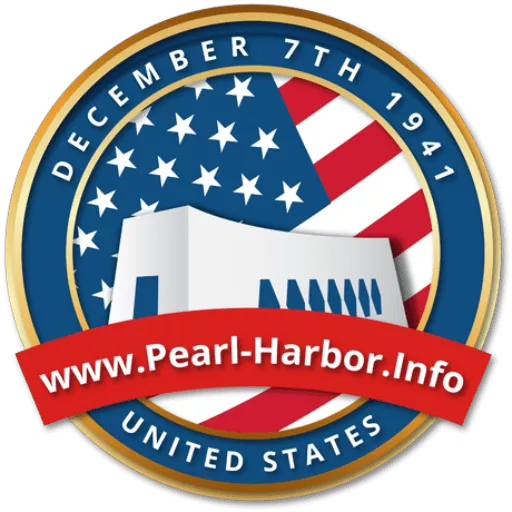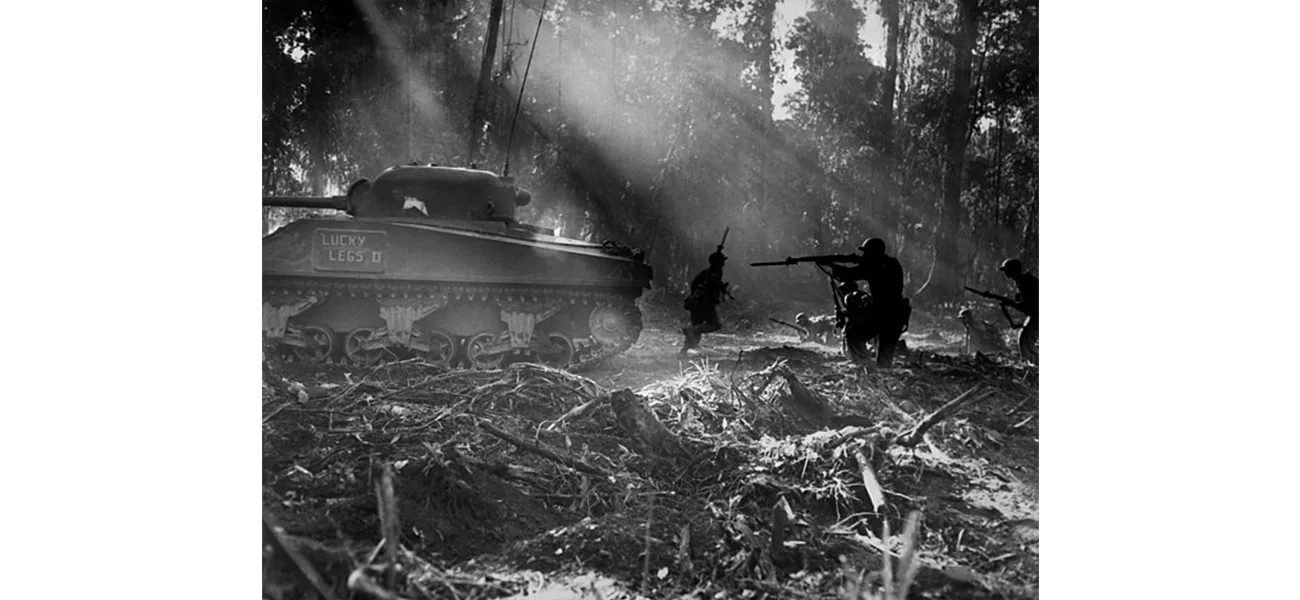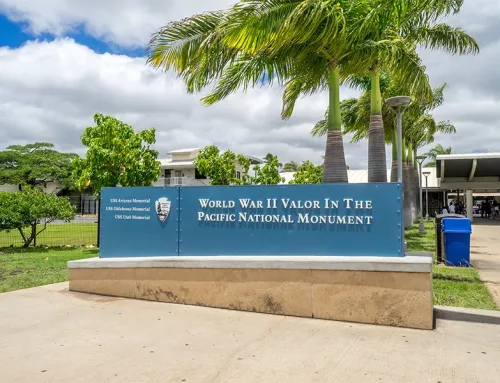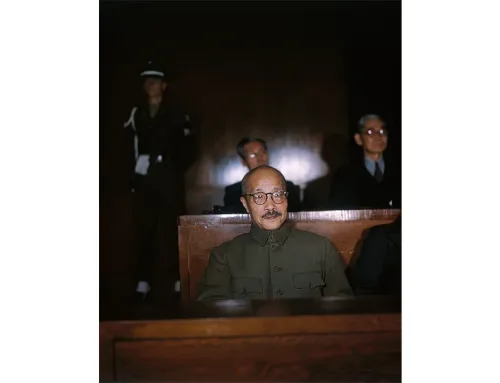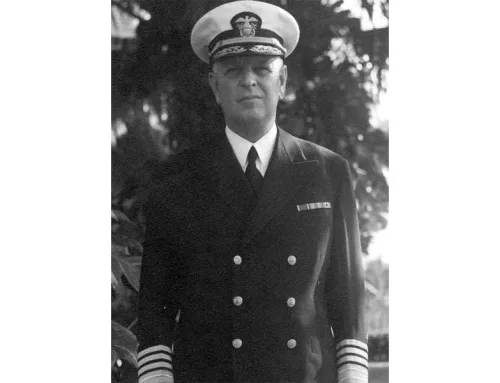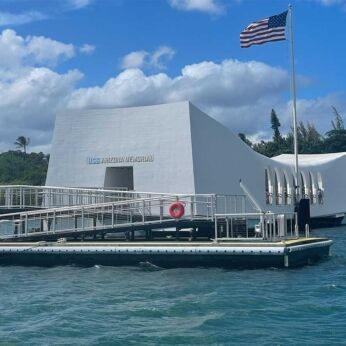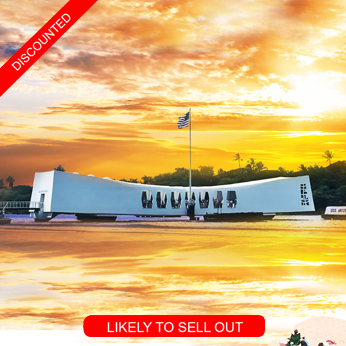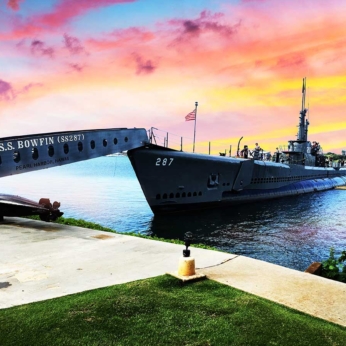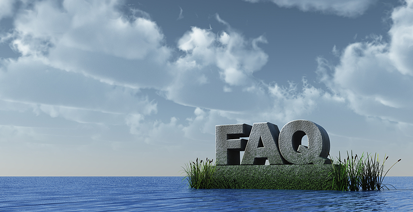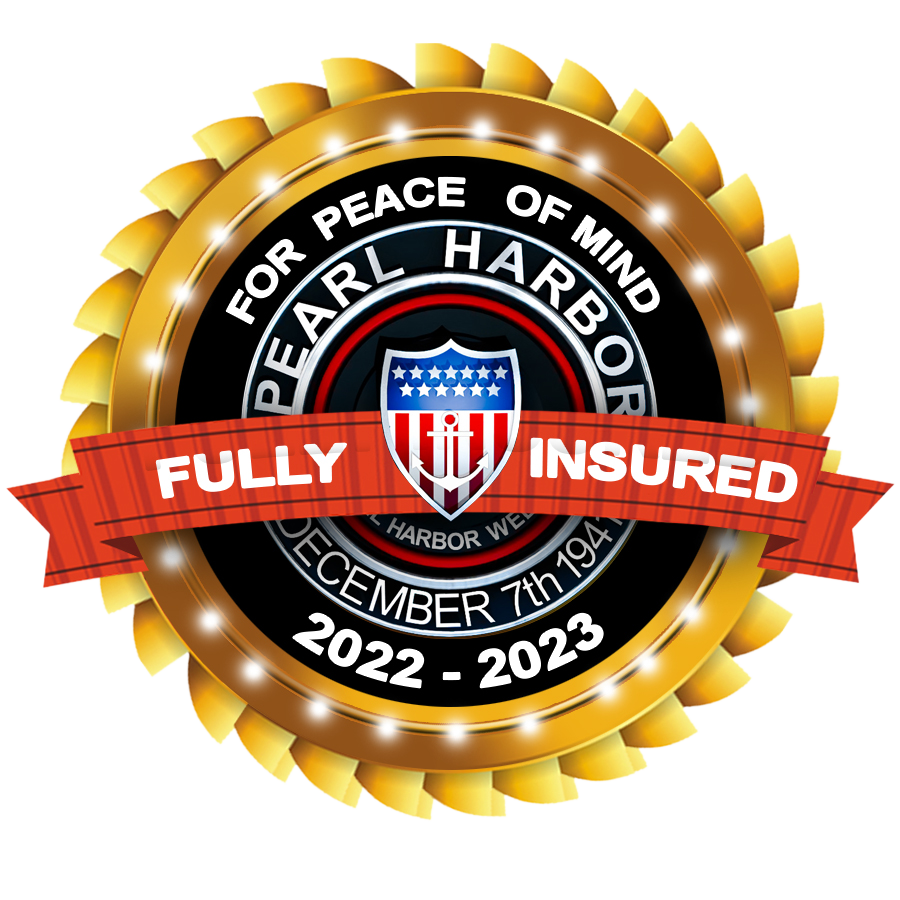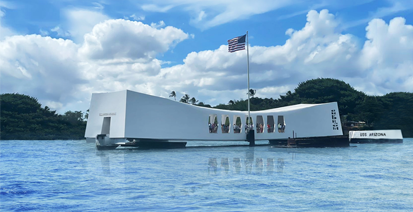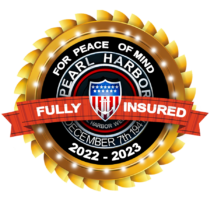The Solomon Islands Campaign
U.S. Army soldiers on Bougainville (one of the Solomon Islands) in <World War II>. Japanese forces tried infiltrating the U.S. lines at night; at dawn, the U.S. soldiers would clear them out. In this picture, infantrymen are advancing in the cover of an <M4 Sherman> tank, U.S. Army, <https://commons.wikimedia.org/wiki/National_Archives_and_Records_Administration> PD-USGov-Military-Navy
The Solomon Islands Campaign was a pivotal chapter in the Pacific Theater of World War II. Today, the Solomon Islands are known for their pristine beaches and rich marine biodiversity, attracting tourists from around the world. However, in the early 1940s, these islands were at the center of an intense military struggle between Allied forces and the Empire of Japan.
The Japanese Advance
Following the attack on Pearl Harbor on December 7, 1941, the Japanese quickly expanded their territorial control across the Pacific. By early 1942, they had secured Rabaul in Papua New Guinea and the Philippines. Their next objective was the Solomon Islands, a critical location for severing Allied supply lines between the United States and Australia. While the Imperial Japanese Navy pushed for an invasion of Australia, their army deemed it logistically impossible. Instead, they focused on establishing a stronghold in the Solomons.
In April 1942, Japan launched Operation Mo, initiating their occupation of the Solomon Islands. They split their forces between Port Moresby in New Guinea and Tulagi in the southern Solomons. The U.S. Navy and Australian forces managed to repel the Japanese assault on Port Moresby during the Battle of the Coral Sea, but Japan successfully took control of Tulagi, solidifying their presence in the region.
The Allied Counteroffensive
Realizing the threat posed to Australia and the broader Pacific front, the Allied forces developed a counterstrategy. General Douglas MacArthur proposed an aggressive campaign to recapture Rabaul, while the U.S. Navy suggested a phased approach, starting with New Guinea and gradually advancing through the Solomon Islands. Ultimately, Admiral Ernest King and General George C. Marshall settled on a three-phase plan: first, retaking Tulagi; second, launching a naval offensive along the New Guinea coastline; and third, capturing Rabaul.
On August 7, 1942, the Solomon Islands Campaign officially commenced with the landing of U.S. Marines on Guadalcanal. This marked the beginning of the fierce Guadalcanal Campaign, a prolonged battle that raged until February 9, 1943. The eventual Allied victory on Guadalcanal became a major turning point, shifting the momentum in favor of the United States and its allies.
The Road to Victory
The triumph at Guadalcanal was just the start of an extended campaign across the Solomon Islands. The Allies fought to reclaim key islands such as New Georgia and Bougainville, leading to a series of brutal land and naval engagements. The Bougainville Campaign, which began on November 1, 1943, stretched until the end of World War II, further weakening Japan’s ability to wage war in the Pacific.
By securing the Solomon Islands, the Allies not only prevented Japan from isolating Australia but also established a crucial launching pad for the eventual liberation of the Philippines. The Solomon Islands Campaign significantly contributed to Japan’s gradual defeat and showcased the strategic importance of these islands in shaping the outcome of World War II.
Legacy of the Solomon Islands Campaign
Today, the battle sites, wreckage of warships, and relics from the intense combat serve as historical reminders of the fierce struggles fought in the Solomon Islands. As a National Heritage site, the region attracts historians, veterans, and visitors interested in the legacy of World War II. The Solomon Islands Campaign stands as a testament to the resilience and determination of the Allied forces in their fight to reclaim the Pacific from Japanese occupation.
Most Popular Oahu Tours
Best Pearl Harbor Tours

The following tours are recognized as the most popular Pearl Harbor Tours on Oahu. While generally, our price is the lowest in the market now, for a limited time, they are on sale too. Please be advised that Pearl Harbor tickets and USS Arizona Memorial tickets are included in all of our Arizona Memorial Tours, Pearl Harbor small group tours, and private Pearl Harbor tours.
